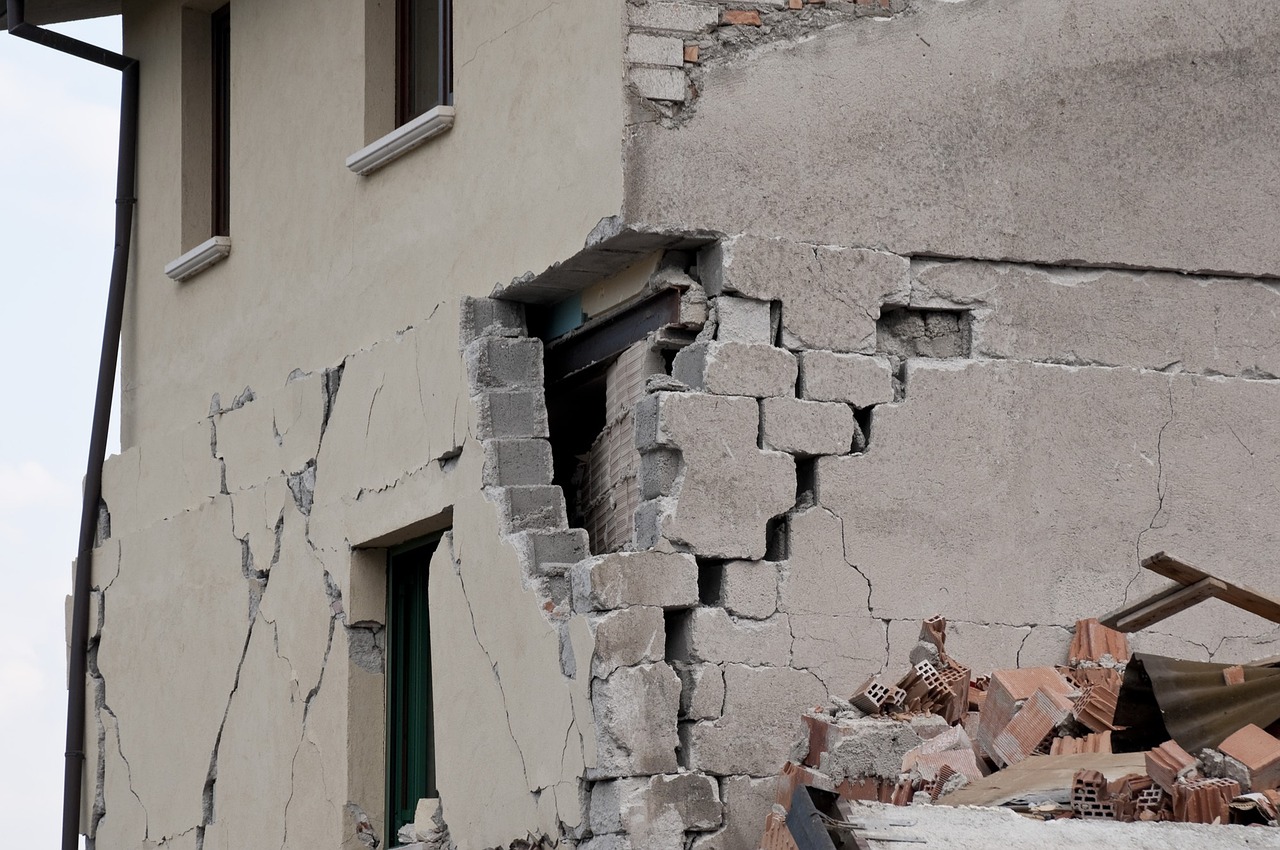Introduction:
Washington State is known for its stunning landscapes and vibrant communities, but it also faces significant seismic hazards due to its location in a seismically active region. Understanding and mapping earthquake risks are essential steps in mitigating the potential impacts of seismic events on infrastructure, communities, and natural ecosystems. In this blog, we will explore the importance of seismic hazard mapping in Washington and how it helps inform preparedness and resilience efforts.
Identifying Seismic Hazards:
Seismic hazards in Washington are primarily associated with the Cascadia Subduction Zone, a tectonic plate boundary off the coast of the Pacific Northwest. Subduction zone earthquakes have the potential to generate large-magnitude earthquakes and tsunamis, posing significant risks to coastal communities and inland areas. Additionally, Washington is crisscrossed by numerous faults, including the Seattle Fault and the South Whidbey Island Fault, which can produce smaller but still damaging earthquakes.
Mapping Earthquake Risks:
Seismic hazard mapping involves analysing geological data, historical seismic activity, and tectonic processes to identify areas at risk of earthquakes and associated hazards such as ground shaking, liquefaction, landslides, and tsunamis. Sophisticated modelling techniques and computer simulations are used to predict the intensity and likelihood of seismic events across different regions of Washington.
Informing Preparedness and Resilience Efforts:
Seismic hazard maps provide valuable information for emergency planners, policymakers, engineers, and the public to understand and prepare for earthquake risks. By identifying high-risk areas, communities can prioritize mitigation measures such as building retrofits, land-use planning, infrastructure upgrades, and evacuation planning. Additionally, seismic hazard maps help guide development decisions and inform building codes and zoning regulations to ensure new construction is resilient to seismic events.
Public Education and Outreach:
Seismic hazard maps play a crucial role in raising public awareness about earthquake risks and encouraging individuals and communities to take proactive measures to prepare for seismic events. Educational campaigns, community workshops, and outreach events help disseminate information about earthquake preparedness, emergency response procedures, and the importance of resilience planning.
Challenges and Opportunities:
While seismic hazard mapping provides valuable insights into earthquake risks, challenges remain in accurately predicting the timing and magnitude of future seismic events. Additionally, ensuring widespread access to and understanding of seismic hazard maps among stakeholders can be challenging. However, advancements in technology, data collection, and modelling techniques continue to improve the accuracy and usability of seismic hazard maps, offering new opportunities for enhancing earthquake preparedness and resilience in Washington.
Conclusion:
Seismic hazard mapping is a crucial tool for understanding and mitigating earthquake risks in Washington State. By identifying high-risk areas, informing preparedness and resilience efforts, and raising public awareness, seismic hazard maps help communities, policymakers, and stakeholders work together to build a more resilient future. Continued investment in seismic research, data collection, and public education is essential for enhancing earthquake preparedness and ensuring the safety and well-being of Washington residents.



